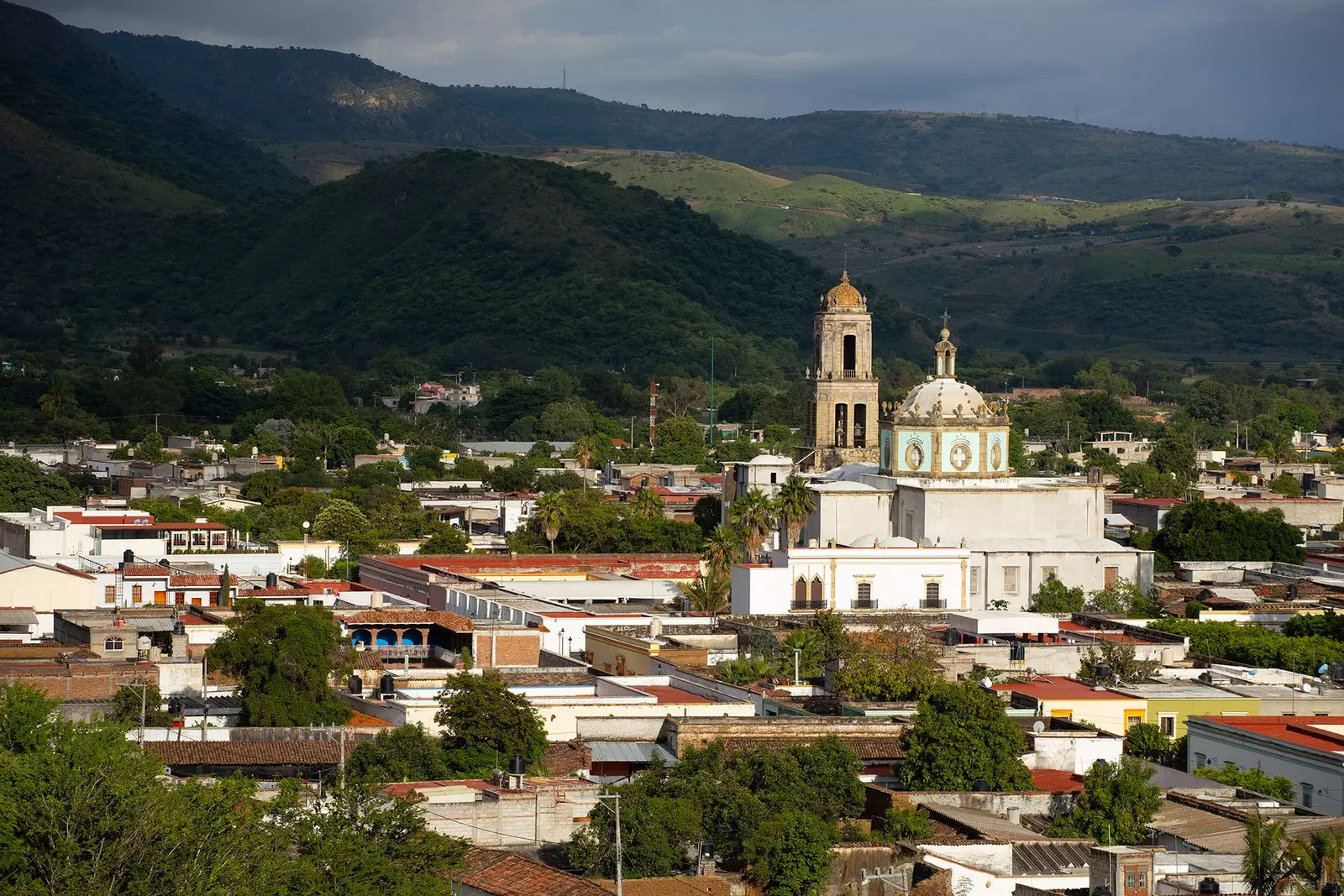
Did you know these magical towns of Mexico?
There are 132 in the whole country . They are places with a symbology and a special identity meaning for Mexicans. In some of them events took place that marked the history of the country, others have a cosmogonic location or they boast of a specific architecture and culture that differentiates them from the rest.
They are the magical towns, unique enclaves that deserve to be in any travel plan to Mexico . There are some that are internationally famous, such as Palenque, in Chiapas; or Real de Cartorce, in San Luis Potosí; but there are many others that we have never heard of and still don't understand why. These are our four favorite unknowns in the state of Nayarit.
MEXCALTITAN
You have to enter Google Earth and see it from a satellite view. That first thing. yes indeed the beautiful Mexcaltitán is a strange island , perfectly oval, backbone by an avenue also oval and all a layout of canals that, in the rainy season, are navigable.
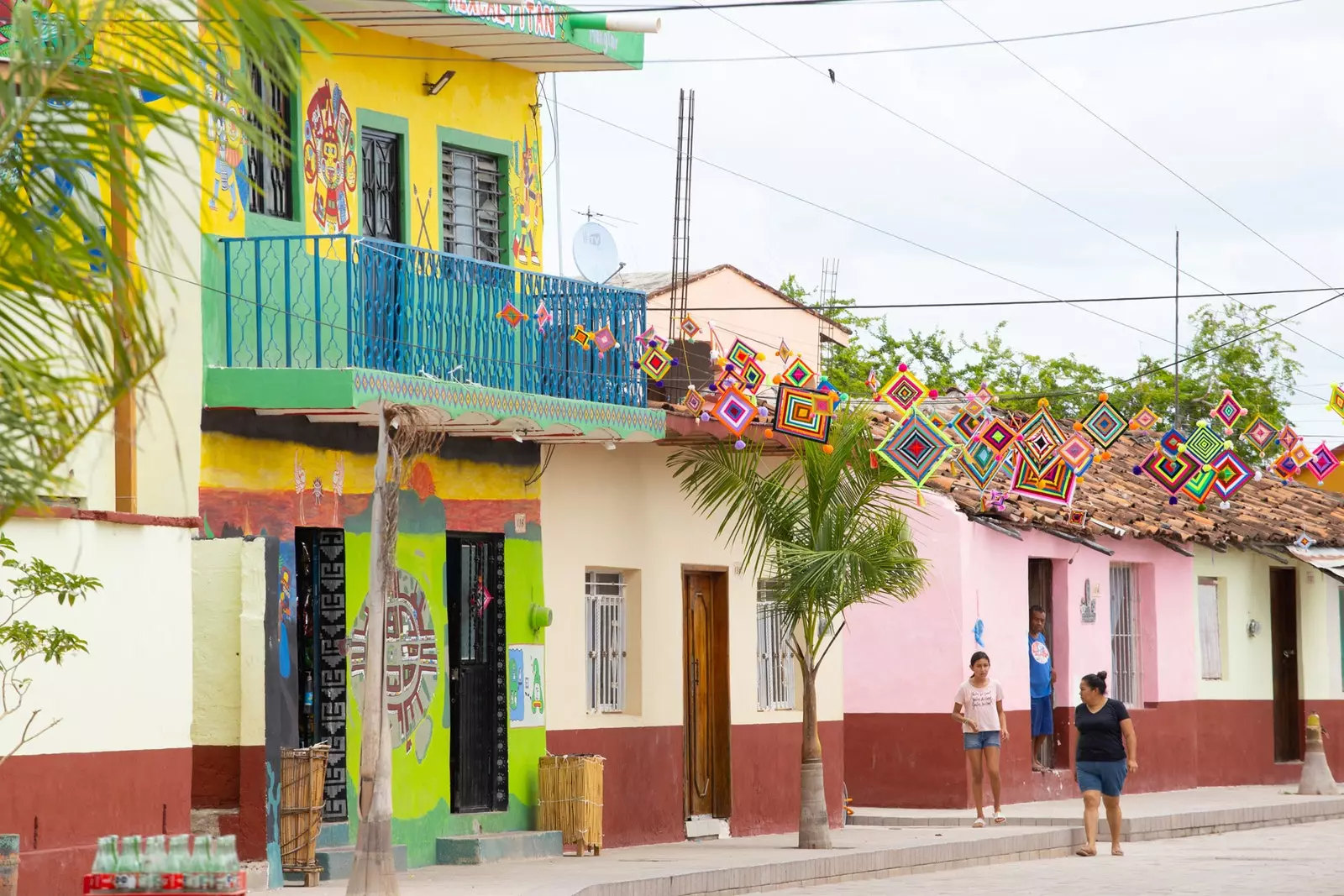
An explosion of color awaits you in Mexcaltitán.
This town of circular and semi-aquatic urban planning —that in a display of exaggeration someone baptized as the Mexican Venice— is located in the center of a lagoon embraced by dense mangrove forests. Its origin is intuited mythical and many historians relate it to the legendary Aztlán , the point from which the Nahuatl pilgrimage that culminated in the founding of Tenochtitlan, present-day Mexico City.
Mexcaltitán can only be reached by boat and many local families come to it —and very few foreigners, it must be said— to do something that here is almost a religion: Eat shrimp . The neighbors fish them with estuaries, an ancient capture system that uses traps made of red mangrove.
The menus of local restaurants offer many recipes of pre-Hispanic origin: deviled shrimp (ugh, how does that sound), fried shrimp, shrimp empanadas, shrimp pate, shrimp dumplings and an infinite etcetera of dishes based, of course, on prawns.
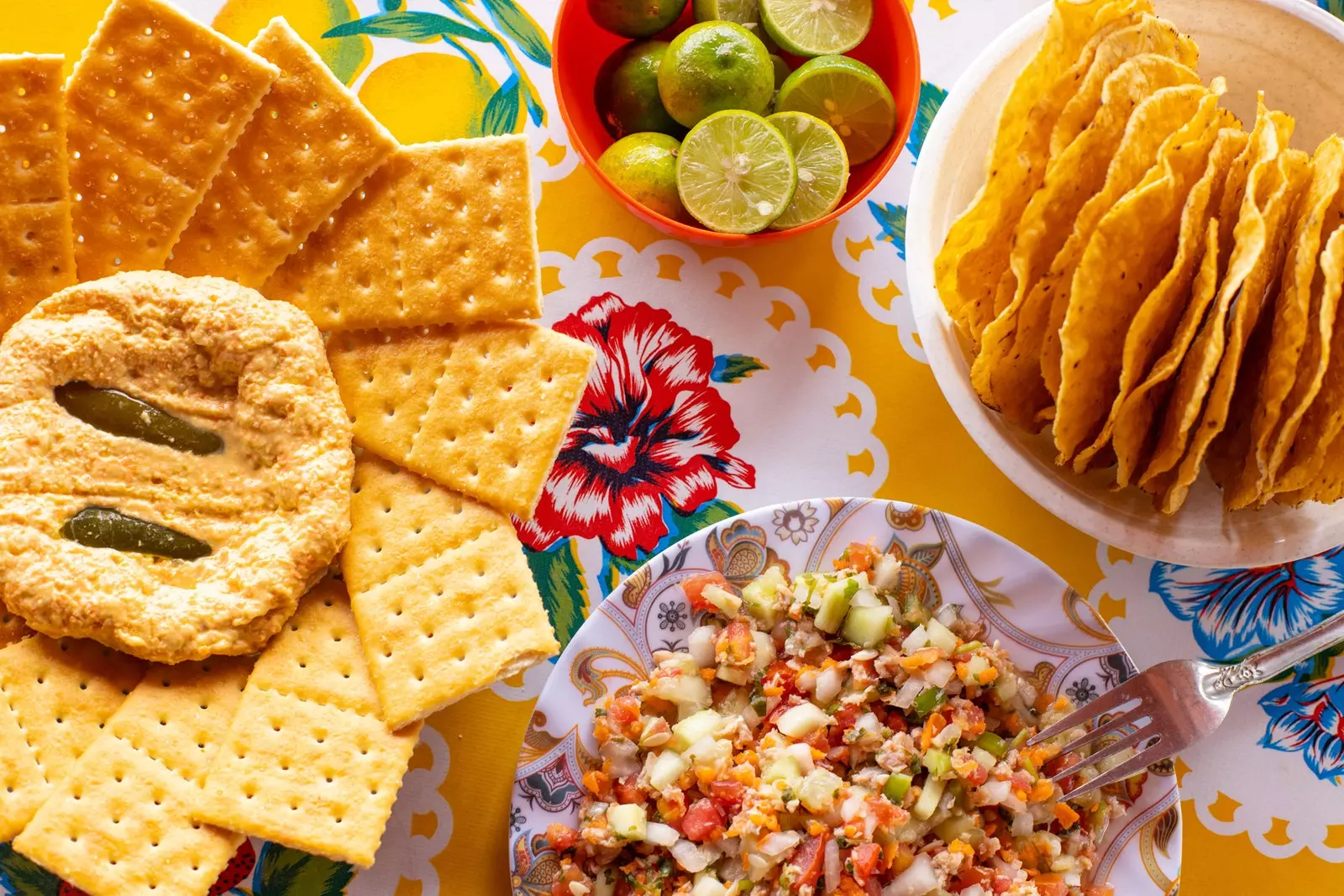
Do not leave without trying the gastronomy of Mexcaltitán.
TOWN OF SANTIAGO DE GALICIA DE COMPOSTELA DE INDIAS
His name says it all. She was a Spanish queen, specifically Juana de Castilla , mother of Carlos V, who ordered the founding a namesake of the Coruña city in the overseas territory of Nueva Galicia . The regent ordered her name change after the conquering tyrant Nuño de Guzmán gave her a more complex and strange title if possible: Conquest of the Holy Spirit of Greater Spain.
The Ville - which today is known simply as Compostela — was the first seat of the Bishopric of Nueva Galicia, which explains why its basilica has the size it has. By the way, the temple is called, you may have already guessed: Parish of Santiago Apostol.
Compostela, beyond the relics of its colonial past (there are, among others, the ruins of the hacienda of the Countess of Miravalles), is located in the center of a coffee growing region , so that a good after-meal conversation is guaranteed. Located in the mountains and surrounded by coffee plantations and ranches, Compostela is also well known locally. for its many leather craft and charro shops . You should still buy a hat or boots here in the purest cowboy style, or why not? a handmade saddle.
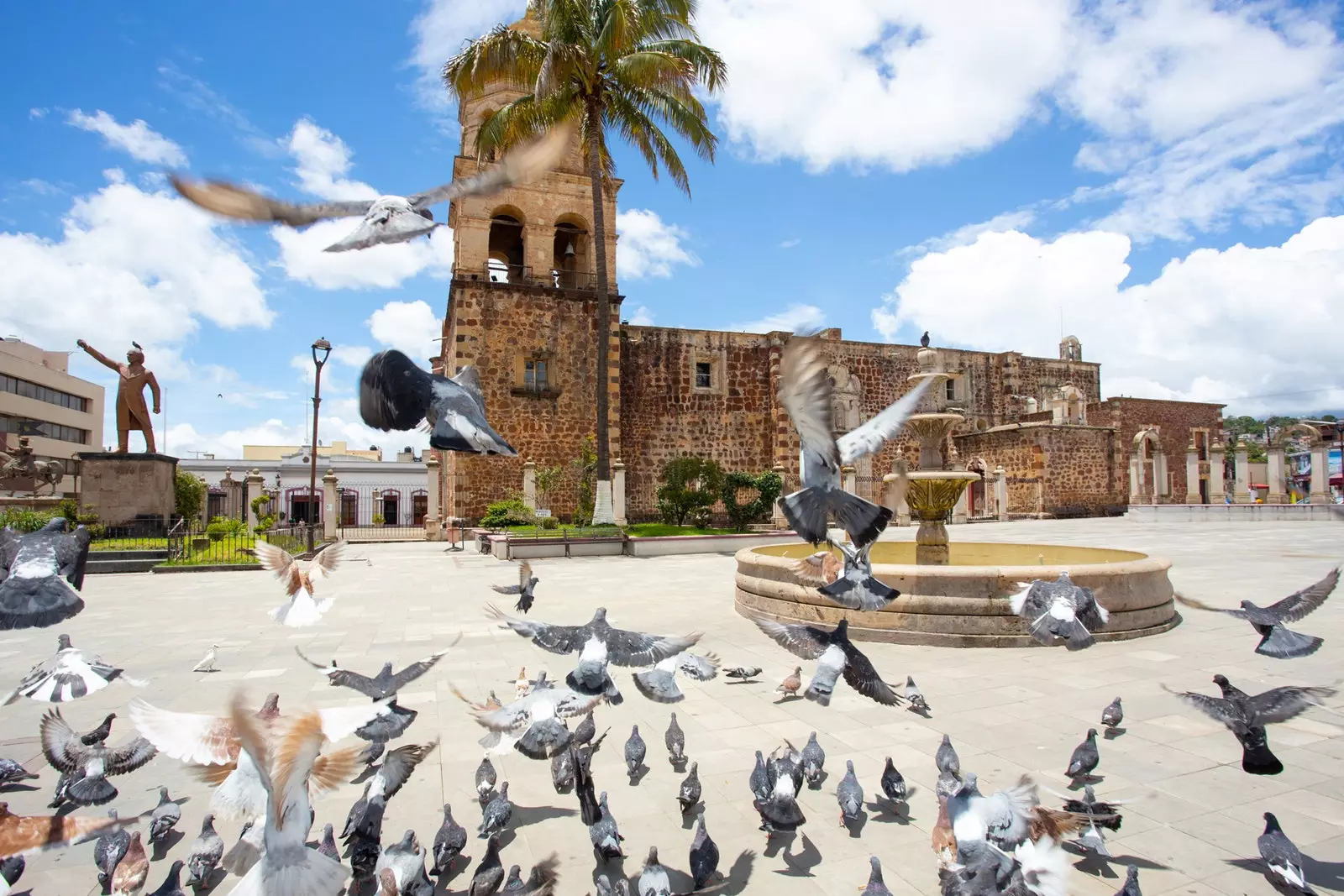
The Coruña city has a twin sister in Mexico.
SAYULITA
When Fernando Cortés de San Buenaventura —nephew of Hernán Cortés— arrived in the area, these lands were home to more than forty indigenous peoples . Of all that myriad, only four ethnic groups remain in the entire state of Nayarit and today it is the wixárikas who have the greatest presence in the population of Sayulita . its showy crafts made with glass beads (which they use in their rites and ceremonies) arouse passions among those who want to take home a souvenir that, in addition to being aesthetic, is sustainable.
But Sayulita is not only one of the key places in the Riviera Nayarit to come into contact with the Wixárika people, no. Absolutely. Sayulita is the place to be for surfers, for night owls, for lovers of seafood cuisine , for instagrammers in search of photogenic corners and for followers of the neo-hippy, hippy-chic, boho-chic cults and other labels that imply being free, carefree and with a certain tendency to the mystical . It's vibrant, loud, kitch, surfer, and hip. In short: you have to go to Sayulita with a desire for social interaction or you don't have to go.
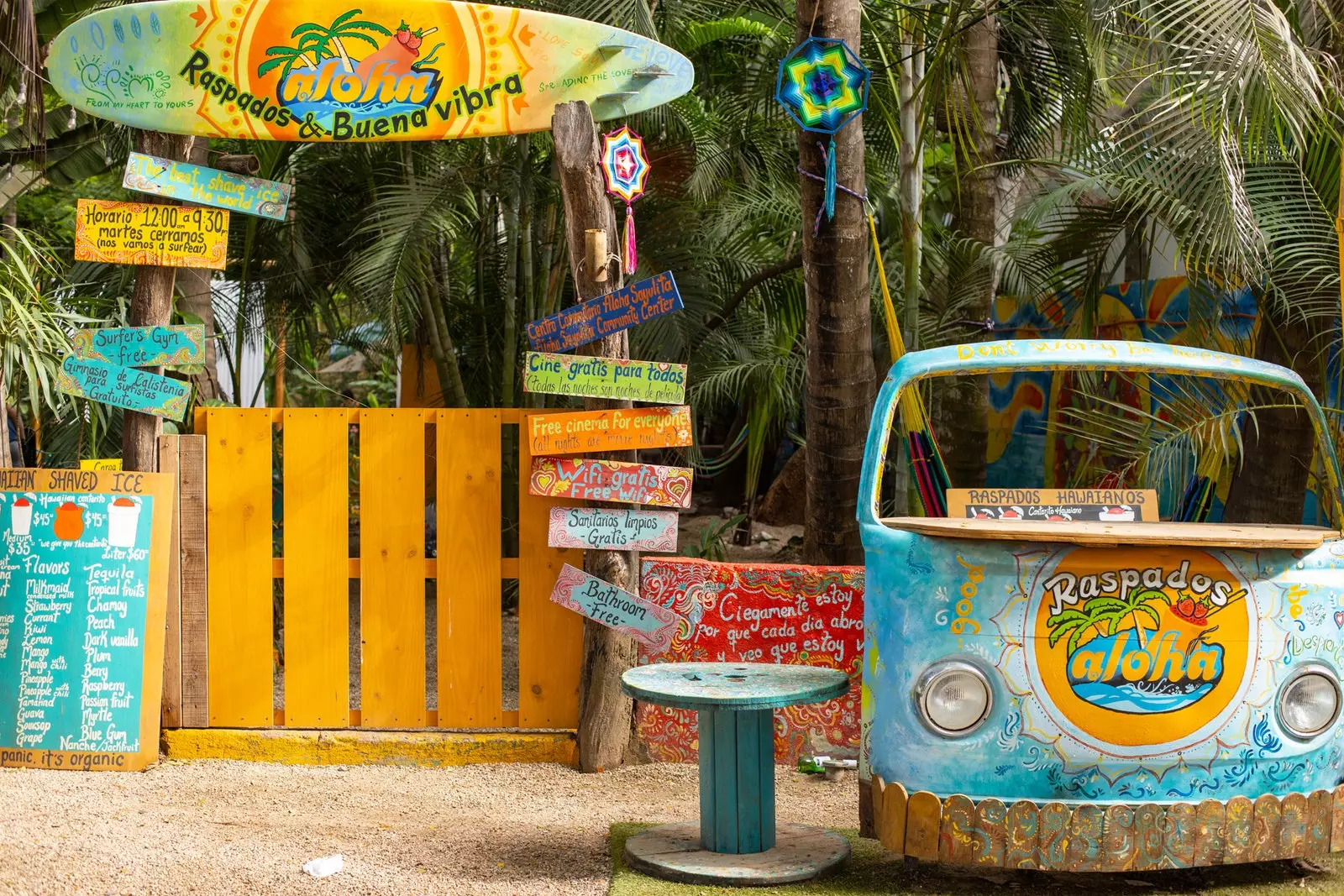
Sayulita is made for surf life in every way.
PULL
Located at the foot of the Ceboruco volcano, Jala —which once had settlers of Nahuatl origin— conserves many buildings and stately mansions from the 18th and 19th centuries . If there is something that initially surprises in Jala are its four churches, especially the Lateran Basilica of Our Lady of the Assumption . And they are surprising not only for their number but also for their dimensions that leave a town that barely has 5,000 inhabitants small.
Located at the antipodes of Sayulita (in terms of hubbub and leisure options), Jala is calm, authentic, very unknown and in it daily life is breathed without artifice. Many come to her wanting a book and a deckchair and many others to kick the exuberant landscapes that surround this town located at a thousand meters of altitude in the very center of a mountainous region.
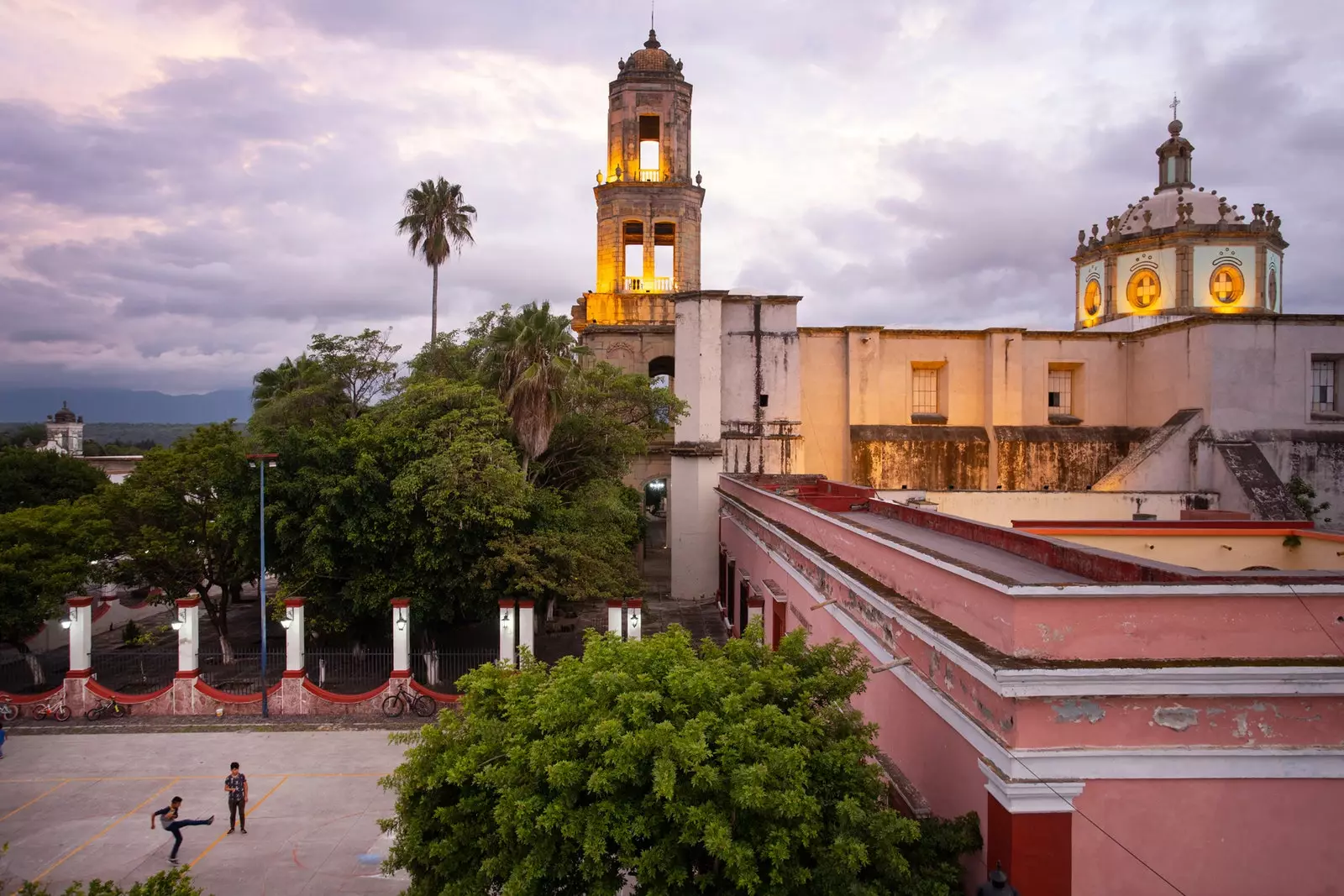
Jala is the perfect place for a quiet vacation, celebrating the everyday.
The ascent to the Ceboruco volcano is the most recurrent excursion , but if the heat presses you can also walk to the El Salto waterfall , which offers a pool with the option of a bathroom at its base. Tip for photographers: the best image of the town is taken from the Cerro de la Cruz , which can be accessed by a staircase that starts from the center of Jala. And yes, the plantations that can be seen on the slopes of Ceboruco are blue agave, which is used to make tequila.
